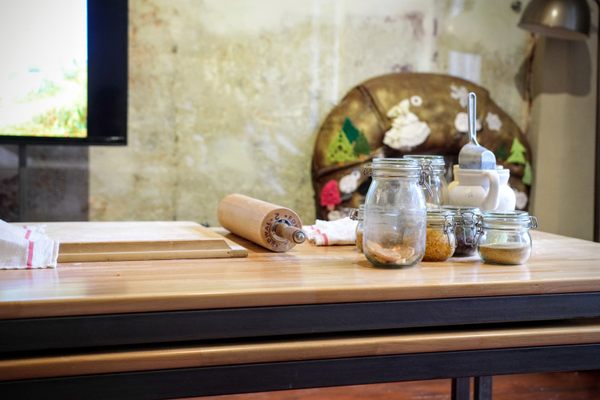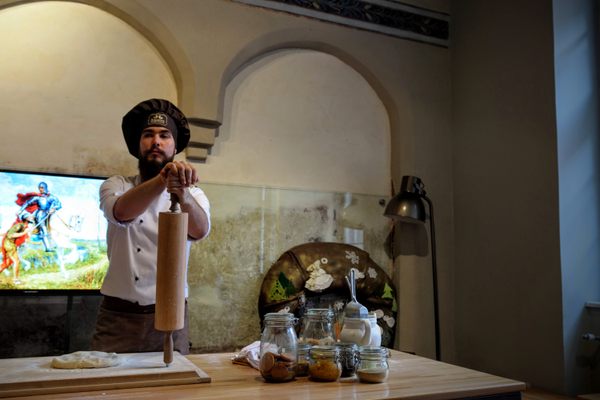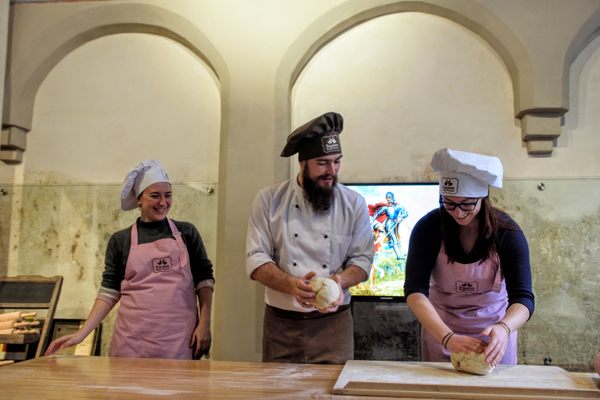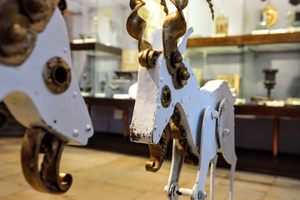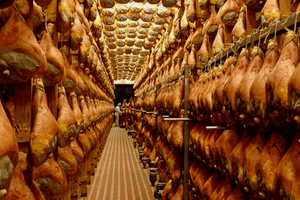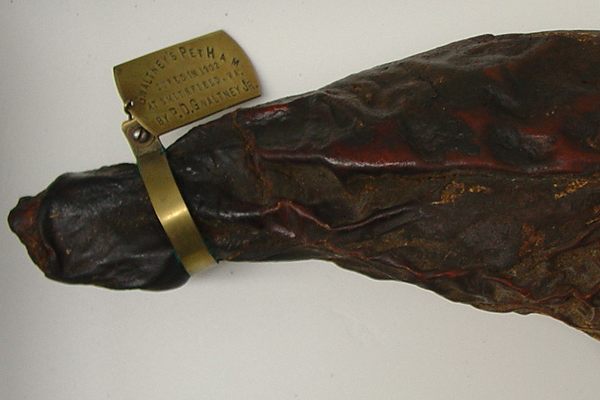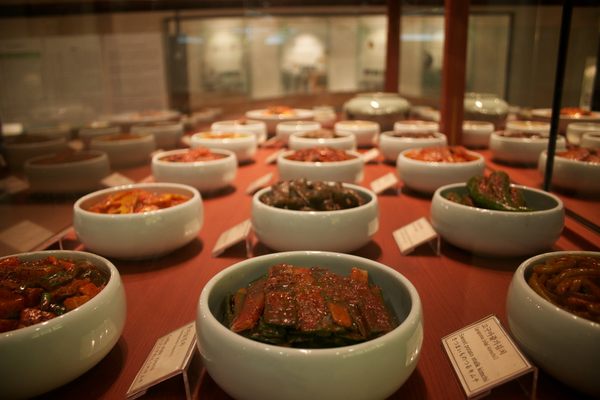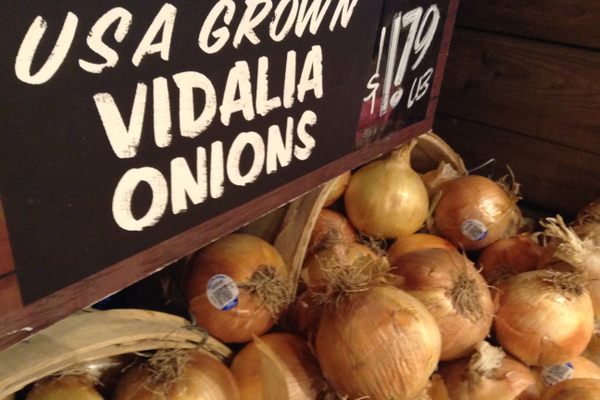About
As odd as it may seem, there is an entire museum in Poznań, Poland that celebrates a single pastry. But not just any pastry: the "rogale świętomarcińskie” or “St. Martin’s Croissant.”
This savory-yet-sweet delectable delicacy is a legally protected cultural heritage treat, recognized by the European Union as a Protected Geographical Indicator. The law celebrates the protected recipe and tradition associated with St. Martin, which has become a staple of the diet of Poznanians—particularly every year during the town’s St. Martin festival.
The tradition started in 1891 when a young priest of the St. Martin’s church in Poznan, John Lewicki, was petitioning his congregation to look for a way to inspire locals to be charitable towards the poor in the cold winter months. After his sermon, a young confectioner at a nearby bakery watched a horse lose it’s shoe and, remembering the legend of St. Martin, was suddenly inspired to create a croissant in the shape and give it to the poor. He filled the pastry with an almond and poppyseed paste and began passing them out to beggars on the street.
The charitable event caught on and has become a celebrated event in the town’s history when every year on November 11, St. Martin’s Day, the town consumes 700,000 croissants during the annual St. Martin’s Day parade.
The croissants are different from the well-known French version. Firstly, they are folded 81 times into the shape of a horseshoe. Each fold requires a filling of a paste, made from poppy seeds and mixed with nuts, raisins, almonds, sugar and butter. After baking, a hefty amount of icing is poured over the top of the pasty and it is sprinkled with more nuts and sugar. By law, the pastries must weigh between 150-250 grams. After sitting for a moment to cool, they are ready to eat!
The museum is one of the newest in the region and is located inside of a recently restored renaissance home. It is less of a museum, though, and more of a hands-on bakery. Inside this unique space, visitors partake in an interactive baking process where they learn about the history of St. Martin, Poznan, and the famous croissants. At the end, you get to try the delicious treats and receive a certificate that entitles you to bake the legally protected croissant yourself.
Related Tags
Know Before You Go
The entrance to the museum is one block from the main market square. If you are facing the entrance to the Town Hall, turn around and go to your right. Take your first left onto Wożna, then your first left onto Klasztorna. The entrance to the museum is one building over, tucked into an alleyway. You may want to book tickets in advance as there are limited times and seating availability, a maximum of 25 people at a time.
Community Contributors
Added By
Published
November 14, 2016
Sources
- http://rogalemarcinskie.pl/
- http://monkeysandmountains.com/st-martin-croissant-rogale-marcinskie
- http://www.poznan.pl/mim/s8a/en/did-you-know-that,doc,576/-,3288.html
- http://poznan.travel/en/poi/show/id/1119
- http://poznan.travel/en/r/warto-zobaczyc/rogalowe-muzeum-poznania
- http://www.travelocafe.com/2014/09/croissant-museum-poznan.html
- http://regionwielkopolska.pl/en/folk-culture/legends/the-legend-of-poznan-rsquo-s-st-martin-croissants.html
